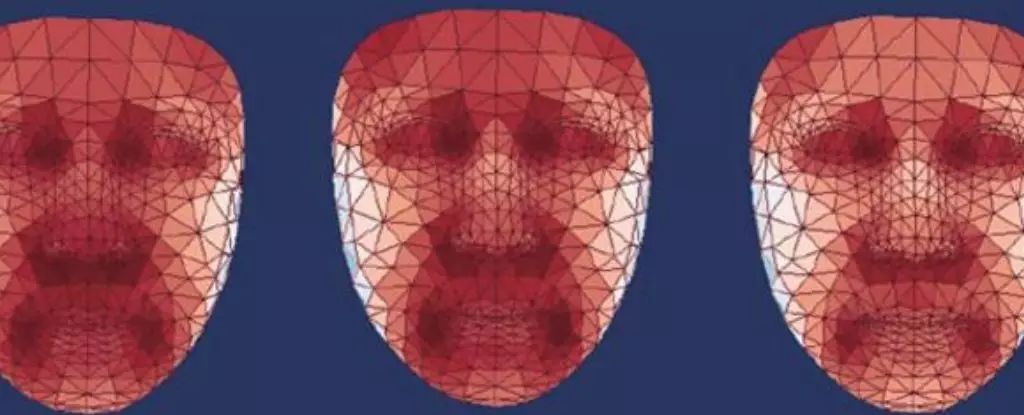Facial thermal patterns could potentially be the future of monitoring and screening tools for healthy aging. Researchers in China have discovered that the heat emitted from specific regions of a person’s face could provide valuable insights into their biological clock and overall health status. By analyzing facial temperature data from thousands of participants, an artificial intelligence program was able to identify thermal patterns that are linked to the aging process.
The research revealed that an individual’s facial thermal profile is not only related to the aging process but also to certain lifestyle factors and metabolic health. For example, individuals with diabetes tended to have facial thermal profiles that were older than their actual age, compared to their healthy peers. The study also found that a machine learning model could accurately predict the presence of metabolic disorders, such as fatty liver disease or diabetes, based on a person’s facial thermal map.
The implications of these findings are significant, as thermal facial imaging could potentially revolutionize early disease diagnosis and intervention. Individuals with certain metabolic disorders or elevated blood pressure showed distinct thermal patterns in their facial regions, indicating a strong association between facial thermal profiles and health conditions. This opens up new possibilities for using thermal facial imaging in clinical settings for early detection and monitoring of various diseases.
Biological clocks vary among individuals, leading to different rates of aging even among those born in the same year. Scientists have long been searching for ways to measure this hidden measure of health, and facial thermal patterns may offer a non-invasive and accessible solution. While previous methods for measuring biological aging have been limited, facial thermal imaging shows promise in providing an efficient and cost-effective way to assess health status based on changes in facial temperature over time.
Despite the promising results of the current research, there are still some limitations and challenges to be addressed. The study sample was restricted to individuals from China, raising questions about the generalizability of the findings to other populations. Additionally, factors such as the environment and emotions can influence facial heat emission, highlighting the need for controlled conditions during data collection. Further research is needed to confirm the associations between facial thermal patterns and health conditions, as well as to explore the potential impact of interventions, such as exercise, on slowing down the aging process.
Facial thermal patterns offer a novel approach to monitoring and assessing healthy aging. By leveraging the power of artificial intelligence and machine learning, researchers have been able to identify key thermal patterns that are associated with metabolic disorders and other health conditions. The potential for early disease diagnosis and intervention using thermal facial imaging is promising, but further research is necessary to validate these findings and explore new applications in clinical settings. Through continued investigation and innovation, facial thermal patterns may hold the key to unlocking the secrets of healthy aging and improving overall quality of life.


Leave a Reply